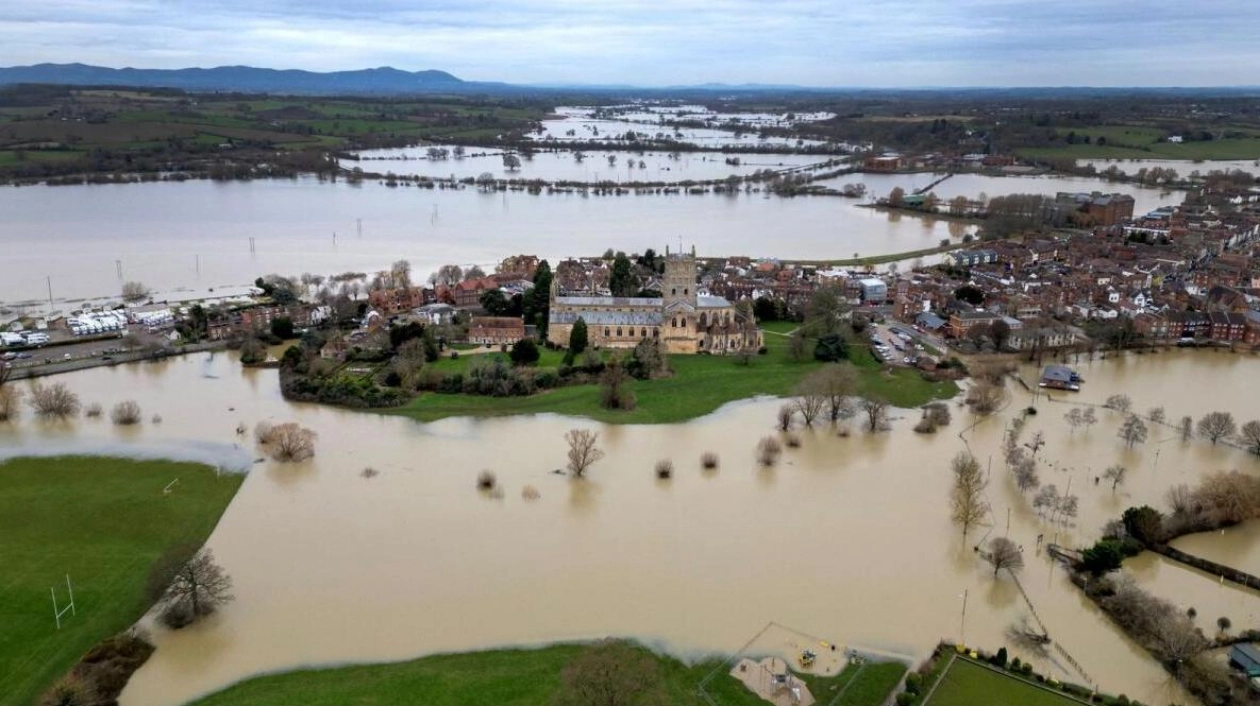Insurers are increasingly withdrawing from providing coverage due to the rise in flooding in Britain, especially for commercial properties and residential landlords, according to industry representatives. London and several southeastern US states have recently experienced severe flooding, highlighting the growing risks associated with climate change and urbanization. Flood Re, a joint government-insurer initiative to facilitate home flood insurance, reported that a third of its claims since 2016 were filed in 2023-2024, following storms Babet, Ciaran, and Henk. Major UK broker Howden noted a threefold increase in home flood claims since September 2023 compared to the previous year.
Amanda Blanc, CEO of FTSE 100 insurer Aviva, emphasized that climate change is the primary concern in property insurance. Insurers are reacting to the surge in claims by raising premiums and limiting coverage, particularly for commercial properties and about five million privately-rented homes in England not covered by Flood Re. Flood Re imposes a levy on insurers to manage flood risks in home insurance policies. High-risk landlord-owned properties could face an excess of 2,500 pounds instead of the typical 250 pounds, according to Steve Barnes, head of broking at Total Landlord Insurance.
Properties at high risk of flooding may not receive any insurance for flood damage, Barnes added. Residential landlords often require insurance as lack of flood cover can hinder financing. Insurers are working with clients to provide coverage but are cautious about insuring properties that repeatedly flood. Jason Harris, CEO of International at QBE, stated that insuring such sites is pointless. The risks are projected to significantly increase over time, with the annual frequency of a 1-in-100 year flood in Medway expected to rise by 320% by the 2090s, according to S&P Global Sustainable1 data.
Insurers are adopting a detailed, localized underwriting approach to manage their exposure. Parametric products, which activate upon reaching a pre-agreed event, such as a certain water level in a property, are one solution. Ciana Kenny, senior distribution manager at parametric insurer FloodFlash, noted that these products address high-risk areas. Building on flood-prone areas, such as flood plains, exacerbates the problem. Aviva's Blanc highlighted that over 100,000 homes have been built on flood plains in England in the past decade, and Flood Re does not cover properties built after 2009. JBA Risk Management's analysis showed that a one in 1,000-year flood in Chester would affect a larger area than decades ago. Insurers attribute the worsening situation to the inability of surface water to drain, with Malcolm Roberts, CEO of global property insurer FM, pointing out that what used to be farmland is now concrete and roads.






